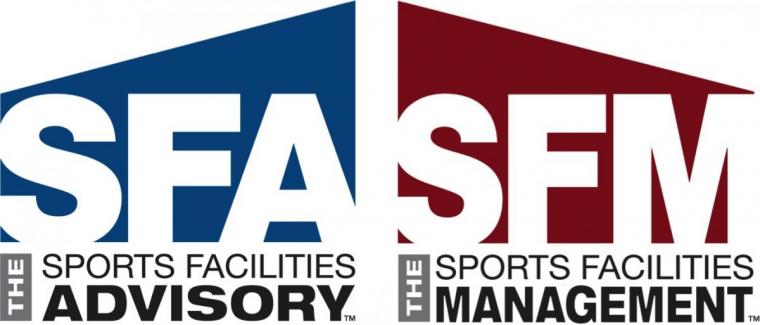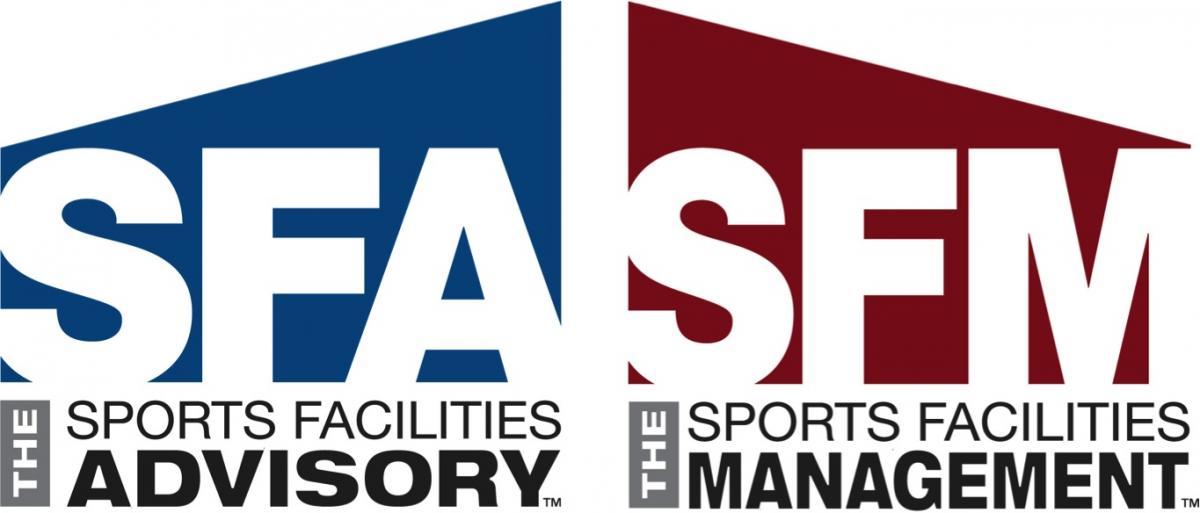
 The gymnasium floor is the most important investment and a critical differentiator of athletic equipment, yet it is often overlooked. The physical demands of athletic activities place strain and stress on athletes’ ankles, knees and hip joints and proper quality flooring can help to minimize the stress, strain and fatigue that come from constant running and jumping. In an effort to maintain athlete safety, the Sports Facilities Advisory and Sports Facilities Management (SFA|SFM) will collaborate with Connor Sports Flooring for the floor installation in SFA|SFM’s recent project, the Myrtle Beach Sports Center in Myrtle Beach, South Carolina.
The gymnasium floor is the most important investment and a critical differentiator of athletic equipment, yet it is often overlooked. The physical demands of athletic activities place strain and stress on athletes’ ankles, knees and hip joints and proper quality flooring can help to minimize the stress, strain and fatigue that come from constant running and jumping. In an effort to maintain athlete safety, the Sports Facilities Advisory and Sports Facilities Management (SFA|SFM) will collaborate with Connor Sports Flooring for the floor installation in SFA|SFM’s recent project, the Myrtle Beach Sports Center in Myrtle Beach, South Carolina.
As youth sports and sport tourism have become increasingly organized and competitive, they have not only created a wealth of economic development opportunities through sporting events with visiting teams and competitors filling hotel local rooms—one baseball tournament in Oregon is expected to generate an estimated economic impact of $83,000 (1)—but they have also created a need for more and better-quality venues for both local teams and travel tournaments for serious athletes looking to compete. But with the increased competition comes a higher risk for serious injury—according to a Safe Kids Worldwide survey of emergency room visits, more than a million times a year—or about every 25 seconds—a young athlete visits a hospital emergency room for a sports-related injury. (2)
But officials at Connor Sports Flooring maintain that keeping athletes as free from injury as possible is a direct result of the design and performance of the sub-floor system. While proper flooring does not guarantee that an athlete won’t be injured, it can greatly reduce the risk in sports where multiple athletes play in close proximity to each other, such as volleyball and basketball. The goal is for all athletes to experience the same benefits of buoyancy, making a resilient sub-floor beneath the hardwood floor the key to controlling the “trampoline effect” that naturally takes place, per Doug Grove, National Sales Manager at Connor Sports Flooring.
“The amount of flexion of the floor directly beneath the athletes’ feet plays a strong role in preventing athletic injuries. A floor must be able to ‘give’ when an athlete jumps or falls. Too little give may result in immediate injuries upon impact, while too much give leads to an unstable floor and can feel like one is running on sand; both situations can compound an athlete’s risk of injury,” said Grove.
SFA|SFM chose to work with Connor Sports Flooring in the construction of the Myrtle Beach Sports Center due to the company’s proven track record and commitment to athlete safety. Founded in 1872, Connor Sports Flooring provides a complete line of flooring systems which have been tested and approved by the International Basketball Federation (FIBA) study center, and has built hardwood courts for 14 NBA teams. Since 2005, the company has been the official playing surface of the Men’s and Women’s NCAA Final Four and Division I regional sites. Connor Sports Flooring also sits on the Board of Directors for FIBA, an association of national organizations which governs international competition in basketball.
“The Myrtle Beach Sports Center is located in one of the largest tourism destinations in the country, and the facility has already attracted a record number of event contracts before the doors have even opened,” said SFA|SFM CEO Dev Pathik. “As such, ensuring the safety of every athlete who plays in the facility was a priority that required the assistance of a company with only the highest standards.”
Set to open in March, the Myrtle Beach Sports Center was nearly sold out for its first six months by last November, and will include 100,000 square feet of year-round tournament and events space. The center offers eight high school basketball courts or 16 volleyball courts with full-length retractable curtains. The Coastal South Carolina sports facility also has 70,000 square feet of free-space area designed to host mat sports, table tennis, pickleball, trade shows, and many other types of events. SFA|SFM Vice facilities are projecting 15 to 18 million unique visitors in 2015, which will mean that Americans are participating in activities in safe environments for between 25–30 million hours—a result which satisfies SFA|SFM’s mission of providing opportunities for people to make connections, build teamwork, and improve their health—and right within in their own community.
For more information about SFA|SFM, visit www.sportadvisory.com/home.html.
About Sports Facilities Advisory and Sports Facilities Management (SFA|SFM):
The Sports Facilities Advisory and Sports Facilities Management (SFA|SFM) is the leading resource in sports facility planning and management. SFA|SFM has served a portfolio totaling more than $4 billion in planned and operational sports centers in communities throughout the USA and internationally since its founding in 2003. Youth and amateur sports and community recreation centers now require professional planning and management. SFA’s proprietary data system—based on years of planning, funding and managing facilities, coupled with the rise of the youth sports segment—is the engine behind the development of SFM. Since its inception, SFM has become an industry leader in the management of amateur sports and events complexes, and along with SFA, provides the planning, financing and management expertise needed to turn ideas into successful recreation facilities. SFA|SFM serves both public and private clients. Its services fall into four main categories—plan, fund, open and manage—which encompass every phase from early stage feasibility studies to preparing financing documents, overseeing development and opening and full-time management services. SFA|SFM’s success depends upon its mission to dramatically improve communities through the opening or optimization of sports and recreation centers. For more information, visit www.sportadvisory.com/home.html.
1. Fosmire, Laura. “Travel Salem Sets Sights on Sports Tourism.” N.p., 9 Feb. 2015. Web. 12 Feb. 2015. statesmanjournal.com/story/money/business/2015/02/08/travel-salem-sets-sights-sports-tourism/23094629/.
2. Healy, Michelle. “1.35 Million Youths a Year Have Serious Sports Injuries.” USA Today. Gannett, 6 Aug. 2013. Web. 11 Feb. 2015. usatoday.com/story/news/nation/2013/08/06/injuries-athletes-kids-sports/2612429/.

There are no comments
Please login to post comments